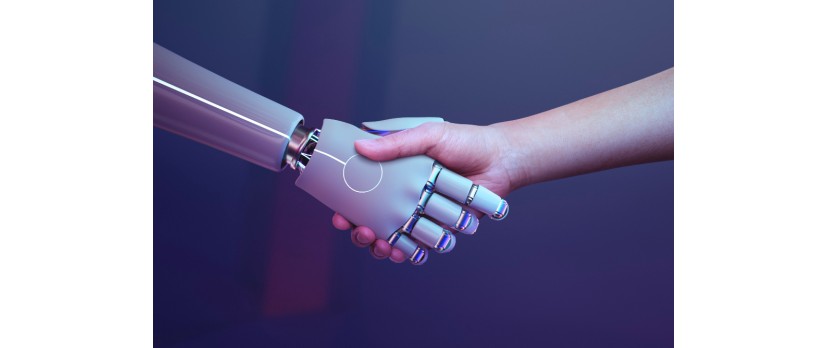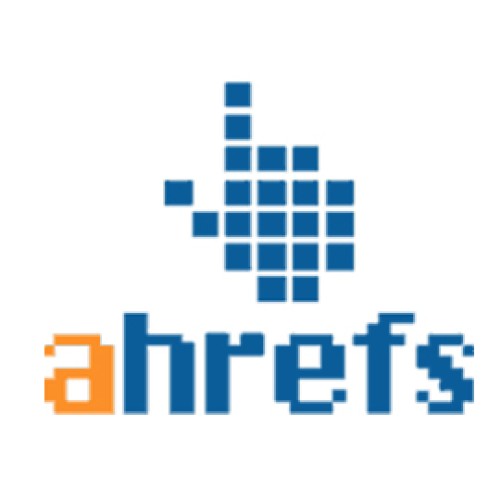Many organizations are adopting advanced technology, like AI, into their workflow, not just to automate tasks or innovate products, but for effective workforce monitoring, measurement, and management. One notable aspect of these latest developments is the emergence of AI-driven productivity scores.
As an innovative take on workplace monitoring, AI-based productivity score is a data-driven technique to analyze employees' productivity in remote work settings. Preceding this transformation, the selling point of implementing remote work tracking software tools is enhancing transparency and efficiency.
Yet, these innovative systems are not without any hardships. Underneath the aggregated dashboards and automated activities, a deeper concern lies with the manipulation of metrics, risking algorithmic biases, managerial agendas, and isolation of the neurodiverse workforce who may disagree with the new, narrow, redefined algorithm of productivity.
AI productivity scoring mechanism
Many of the modern remote work tracking software solutions, like Insightful.io, collect data in real-time, keyboard strokes, and log mouse movements, time spent on applications and websites, and even screen capture workers’ devices at specific intervals. This gathered data is then fed into dedicated algorithms that apply productivity scores, like ratings or numeric values, to represent a tentative view of an employee’s output for a given timeframe.
For instance, Insightful.io, as a remote monitoring platform, determines employee behavioral patterns and productivity trends to ‘transform employee data into actionable insights.’ This claim of theirs promotes organizational efficiency with a bird's-eye view of smart performance dashboards and real-time optimization.
But there’s a catch. What does ‘productivity” constitute in these systems? For most monitoring platforms, the primary objective gets down to navigating work-related applications or reducing the time spent on typing. Creativity, strategic nuances, and context gradually got lost in this drastic shift.
How organizations game the system
Even though designed as a performance improvement tool, productivity scoring can be easily gamified, benefiting both employees and the organization itself.
Inflating metrics
Some companies set inconsistent standards based on AI scores that motivate employees to stay constantly active during work hours, despite having no urgent task to accomplish or unnecessarily. This makes employees resort to regularly tapping keys or jiggling the mouse to simulate business and avoid penalties or policing. This behavior misled the company in announcing ‘enhanced productivity metrics’ without any real value-added work or output.
Performance theater
Employees will tentatively and strategically focus on tasks or activities that will help them improve their score. For example, being active on time-logging apps or swiftly responding to emails becomes a priority, sidelining creative problem-solving, deep-thinking, or planning, which are otherwise essential to innovation in the workplace, even if not easily quantifiable.
This kind of work environment is termed as ‘performance theater’ by researchers, where simulating busy appearances matters more than quality outcomes. This phenomenon also instills anxiety, burnout, and a sense of mistrust, ultimately distracting employees from accomplishing any valuable work.
The neurodivergent disadvantage
We agree that the advantages can be enticing for the sustainability and growth of the business and workforce. However, the same system also creates troubling instances, limiting neurodiverse individuals.
This group of individuals includes those with sensory sensitivities, autism spectrum disorders, or ADHD, who often approach work in a specific and valuable manner. They may use non-standard tools, may work in a rush, or require accommodations/assistance, which the standard productivity algorithms may fail to consider.
A neurodivergent employee may need a special strategy, like using an assistive tool that does not record typical activity or require frequent short breaks to hold onto their focus. While critical for improved productivity and well-being, these behaviours are often policed or penalized by remote work tracking software algorithms, as it typically associates motion with valuable work.
What’s more, the lack of proper context in productivity scoring often misclassifies thinking time as idleness. When system algorithms emphasize visual activity over cognitive efforts, employees requiring private space to assess, strategize, or reflect are habitually misjudged.
Surveillance and employee trust
The sharp increase in surveillance-based productivity tools is a sign of a very concerning cultural shift in the workplace. In many industrial sectors, the employee and employer relationships turned hostile, filled with suspicion instead of mutual respect.
A recent article in Time Magazine positioned monitoring solutions as “a working mom’s nightmare,” outlining the disproportionate effects of these systems on part-time workers, caregivers, and even those with liberal work schedules. On the other hand, the psychological impact is even more overpowering for the neurodivergent workforce.
Several studies revealed that workforce surveillance correlates with increased workload, stress, turnover, and decreased job satisfaction. It discourages employees from taking new initiatives, experimenting, and risk-taking because they fear that any non-standard or non-productive activity could be penalized.
Redefining productivity in the age of AI
To take advantage of the full potential of AI without harming individuals’ well-being, organizations must shift their approach from narrow performance scoring to more inclusive productivity models. This transformation requires completely reimaging the remote work dynamic, while also addressing the diversity of individual contributions.
Here are a few vital steps to achieve that goal:
Redefine metrics: Integrate emotional, behavioral, and collaborative parameters into a productivity tool, focusing on quality outputs over activity or time spent.
Customize monitoring: Encourage employees to cooperate in designing the monitoring metrics, or enable opt-out features from certain tracking mechanisms, with mutual and voluntary agreement.
Empower managers: Educate and train leaders to accurately interpret AI-driven data as an aggregated performance overview instead of a singular truth.
Audit regularly: Schedule algorithmic audits to check for biases, giving special attention to the system’s impact on neurodivergent workers.
Prioritize transparency: Implement all-inclusive monitoring platforms like Insightful.io as tools to optimize workflow and empower employees. Also, ensure to inform employees of how collected data will be used while also encouraging them to do data interpretations.
Closure Organizations adopting remote work tracking software and an AI-powered productivity scoring strategy underscore a broader sense of clarity among remote employees and the hybrid work landscape. You just have to ensure that this new system is for the people, not the other way around.
When productivity scores are misinterpreted, it undermines the AI’s potential that can otherwise unlock greater achievements. So, instead of optimizing workflows to align with algorithms, it is better to adapt to more human-centric systems, promoting prevalent remote work and digital collaboration, and a more inclusive workspace.


Login and write down your comment.
Login my OpenCart Account